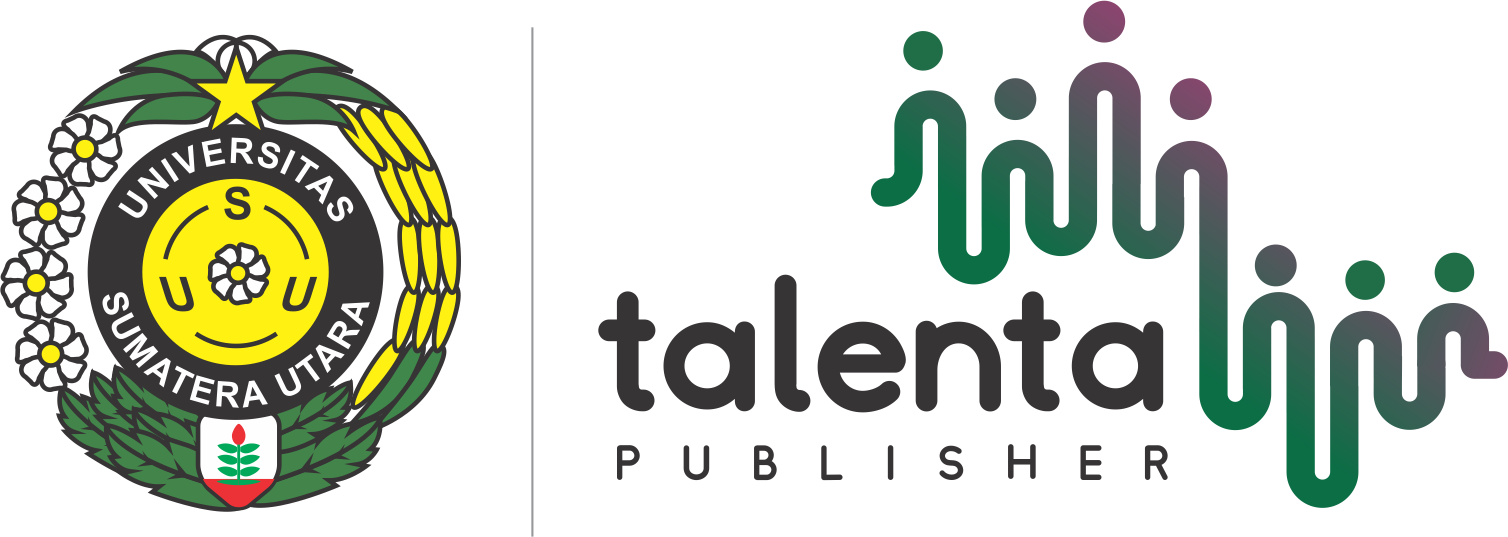Analisis Rantai Pasok (Supply Chain) pada Produk Minyak Kelapa Sawit
Supply Chain Analysis Of Supply Chains Palm Oil Products
| Authors | ||
| Issue | Vol 2 No 4 (2019): Talenta Conference Series: Energy and Engineering (EE) | |
| Section | Articles | |
| Section |
Copyright (c) 2019 TALENTA Publisher  This work is licensed under a Creative Commons Attribution-NoDerivatives 4.0 International License. |
|
| Galley | ||
| DOI: | https://doi.org/10.32734/ee.v2i4.681 | |
| Keywords: | Crude Palm Oil (CPO) Supply Chain | |
| Published | 2019-12-18 |
Abstract
Komoditas minyak kelapa sawit merupakan komoditas unggulan di Indonesia dan 60% produk minyak kelapa sawit atau Crude Palm Oil (CPO) telah diekspor. Indonesia menjadi negara terbesar yang mengekspor CPO dan menguasai sekitar 62% pangsa pasar dunia. Namun, Indonesia menghadapi hambatan dalam melaksanakan ekspor CPO sehingga menyebabkan pelemahan neraca perdagangan dalam beberapa tahun terakhir. Penelitian ini dilakukan untuk mengetahui hambatan yang terjadi dan memetakan rantai pasok dalam proses produksi CPO, serta menganalisisnya. Dalam penelitian ini digunakan metode Food Supply Chain Networking (FSCN) yang dilakukan terhadap 24 perusahaan. Pengumpulan data primer diperoleh melalui informasi secara langsung, sedangkan data sekunder diperoleh dari dokumen/ publikasi/ laporan penelitian dari dinas/instansi maupun sumber data pendukung lainnya. Selanjutnya data diolah dan dilanjutkan dengan metode Porters Diamond. Hasil penelitian menunjukkan bahwa terdapat beberapa hambatan dari regulasi dan adanya kampanye negatif, serta peningkatan biaya impor. Penyebaran perkebunan dan teknologi yang tidak merata dalam negeri juga berkontribusi terhadap menurunnya ekspor produk ini. Pemerintah Indonesia telah mengambil inisiatif untuk menangani hal tersebut, yaitu dengan memenuhi beberapa syarat yang diajukan oleh negara-negara importir berupa hak paten, sertifikasi dan jaminan, bahkan dengan cara hilirisasi produk minyak sawit. Berdasarkan hal tersebut dan didukung dengan permintaan CPO yang terus meningkat, diperkirakan CPO akan terserap baik di pasar dalam negeri maupun pasar luar negeri.
Palm oil is a leading commodity in Indonesia and 60% of Crude Palm Oil (CPO) products have been exported. Indonesia is the largest country exporting CPO and controlling around 62% of the world market share. However, Indonesia faces obstacles in carrying out CPO exports, causing a weakening of the trade balance in recent years. This research was conducted to determine the obstacles that occur and map the supply chain in the CPO production process, and analyze it. In this study the Food Supply Chain Networking (FSCN) method was conducted on 24 companies. Primary data collection is obtained through direct information, while secondary data is obtained from documents / publications / research reports from agencies / agencies and other supporting data sources. Then the data is processed and continued with the Porters Diamond method. The results showed that there were some obstacles from regulation and the existence of a negative campaign, as well as an increase in import costs. The uneven distribution of plantations and technology in the country also contributed to the decline in exports of these products. The Indonesian government has taken the initiative to deal with this, namely by fulfilling several conditions proposed by importing countries in the form of patents, certifications and guarantees, even by way of downstreaming palm oil products. Based on this and supported by the increasing demand for CPO, it is estimated that CPO will be absorbed in both the domestic and foreign markets.






